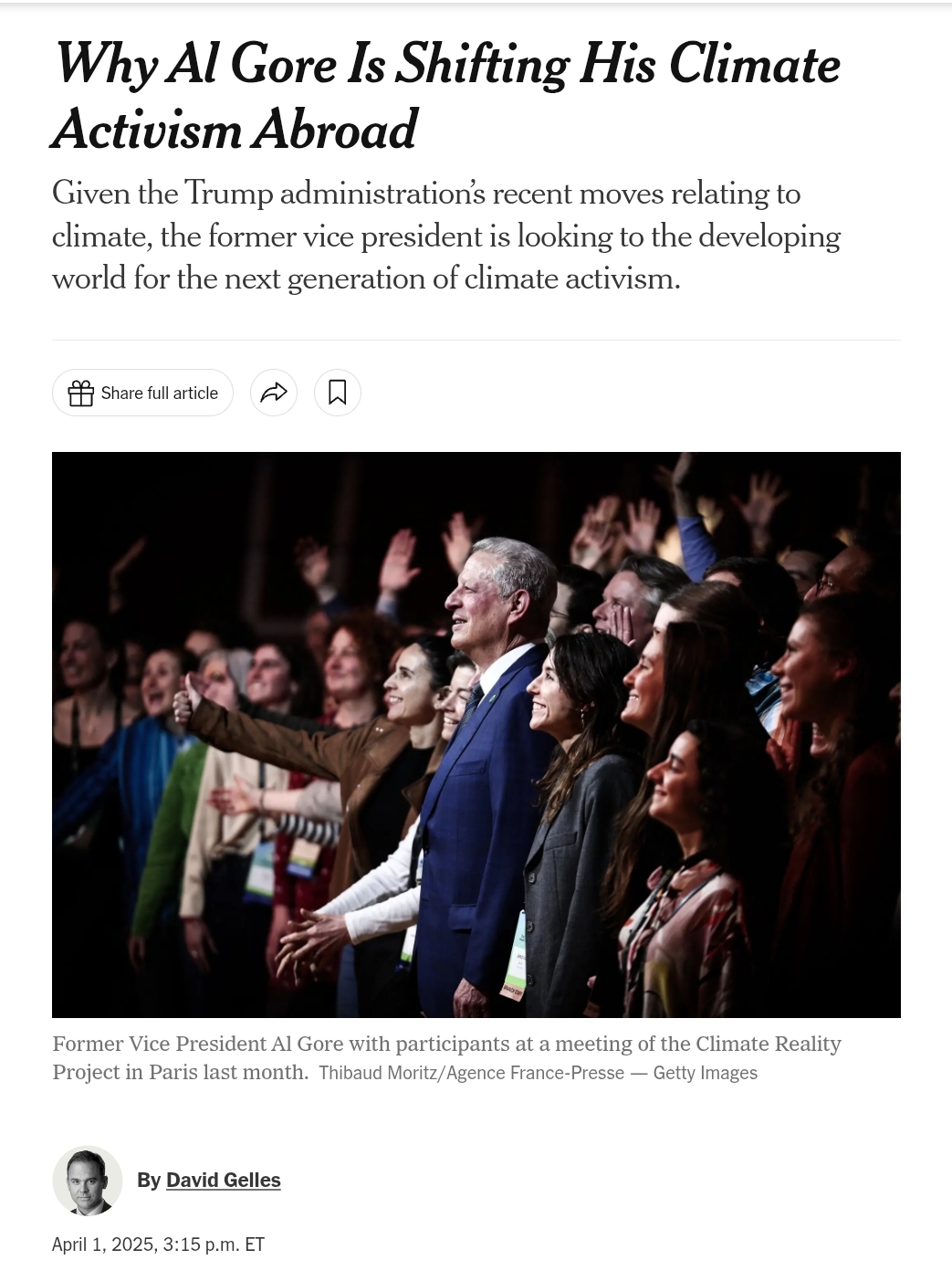
Climate change is not a future problem. Climate change is a current problem. Yet the United States—despite this recent history—has pulled back from a number of already insufficient commitments to reversing emissions and global warming. Faced with this vacuum, American nongovernmental organizations and states have stepped forward with campaigns designed to reinvigorate climate activism and policy making. But they have a long way to go, especially in connecting a mainstream climate movement with the majority of the victims of those disasters.
As the fallout from Harvey, Irma, and Maria shows, though, that argument is false. The suffering caused by a warming and more temperamental environment is already happening, and it isn’t distributed equally, nor will it be. From the poor people in Vieques, Puerto Rico, who still face uncertain medical care and unstable electricity after Maria, to black and Latino communities severed from dialysis services in Houston during Harvey, if there’s anything the current climate regime tells us, it’s that vulnerable populations are already in trouble.
But as the anniversaries of America’s most infamous climate disasters come around once again, there are real efforts by a loose network of veteran environmental-justice leaders and groups across the country to spread the gospel of climate justice in this moment of crisis. More than a dozen local environmental groups from coast to coast have organized the Freedom to Breathe Tour, where journalists, activists, and environmental-justice experts will present vulnerable communities with their case for swift and dramatic action on climate change. The 21-day tour, which begins August 25 and will traverse the entirety of the American South and Southwest, will illustrate the current climate realities for communities of color in the nation’s most marginalized places.
In and around Miami especially, those costs are readily apparent. The city is facing the imminent threats of inundation, as well as the potential for climate-based gentrification, in which wealthier and typically whiter residents scramble for the few patches of high ground. The rising heat creates health problems, too, especially in many poorer communities that rely on window units and fans for air conditioning. Florida is expected to have several cities face more than 100 days of dangerous heat indices by 2050. And Miami’s cocktail of humidity and heat is on the verge of creating real danger. “We are one bad summer away from reading about heat fatalities in Miami,” Lewis told me.
Communities and activists see the road trip—along the 3,000 miles between Miami and San Francisco—as an opportunity to showcase ongoing disasters ahead of next year’s UN climate meeting. In Lake Apopka, Florida, members of the Farmworker Association of Florida are mobilizing after a recent study indicated that the virtually all-Latino population of farmworkers in the area faces regular heat-related illnesses—and that’s in addition to regular exposure to pesticides. In “Cancer Alley,” a swath of Louisiana between Baton Rouge and New Orleans, residents burdened with higher-than-average rates of cancerhave sought protections against the petrochemical industry that dominates the region. And in New Orleans, 13 years after Hurricane Katrina, black and brown residents still live in profound environmental insecurity, facing continued displacement, pollution, and flooding.



